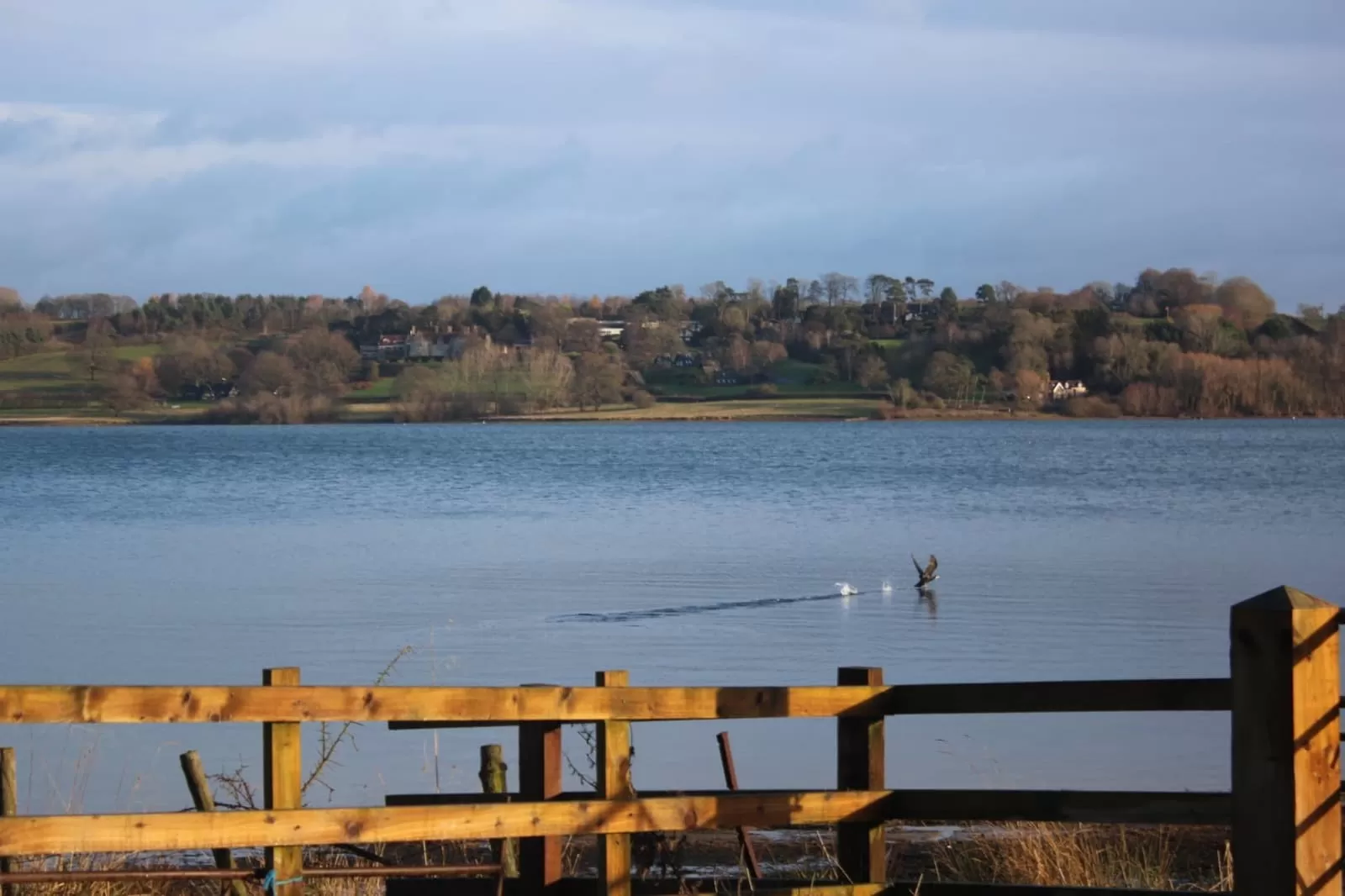Have you ever visited Rutland Water?
There are many walks, activities and sights to experience in and around the reservoir – from a picturesque nature reserve to plenty of fun tourist attractions.
Keen to discover the history of Rutland Water and its amenities? Keep reading to learn more:
The Construction of the Rutland Water Reservoir
In the early 1970s, rather controversially, two villages were flooded to create the reservoir, now known as Rutland Water.
The reservoir is situated in the smallest county in England, Rutland, and supplies water to the West Midlands. The water is pumped from the River Nene and the River Welland.
Nether Hambleton and Middle Hambleton, along with 7 square kilometres of Gwash Valley, were flooded to create Rutland Water. The finished result is a reservoir that reaches depths of 34m and sits in 4200 acres of countryside.
History of Rutland Water: Reception and Local Economy
Restaurants, marinas and activity centres were built around the perimeter of the reservoir to help boost the local economy or if you prefer, there are various pubs in surrounding villages, which are easily accessible via Rutland Water’s cycle routes.
Rutland Hall & Spa
The popular reservoir offers opportunities for water sports and swimming, making it a local community and tourism hotspot. From paddleboarding, sailing and windsurfing to kayaking and canoeing, there is a wide variety of watersports to enjoy. For a fun-filled day out for all the family, why not visit the Aqua Park?
History of Rutland Water: The Nature Reserve
Sitting at the Western end of the reservoir is an impressive 1000 acre nature reserve. The idea of the nature reserve was proposed before the construction of the reservoir. There are over 30 bird-watching hides and nature trails – and experts on hand to help you identify the creatures you spot.
Following a successful translocation project in 2001, the first wild Osprey hatched in central England – the first to hatch in England for over 150 years. The successful breeding programme means that Rutland Water is now home to a large number of Osprey.
The Lyndon Visitor Centre on the South Shore of Rutland Water has plenty of information about the Ospreys and other wildlife in Rutland Water; there are some 25,000 waterfowl nesting in the area. You may even spot some otters as you explore all that Rutland Water has to offer.
Building the Rutland Water Dam
The full circuit of the reservoir is 24 miles, while the clay dam is approximately 34 metres high and around 1,200 metres long. The reservoir took nearly 5 years to construct, with the main project being the building of the dam. The location of the reservoir was chosen thanks to its centrality, and also the readily available clay in the villages, which was used to construct the dam. It was excavated from pits around the reservoir, and designed to blend in with the landscape. The dam is perfect for spotting cormorants, glebes and various other wonderful creatures.
Although at the time, many locals were upset at the loss of their two villages, the reservoir has since attracted a large number of tourists. The effect that the reservoir has on the local tourism industry and fuelling the economy has been undoubtedly great. The recreational use of the reservoir, along with its assistance in conservation projects and water storage, has helped to create a central community hub for visitors near and far.
If you’d like to come to Rutland for a weekend to explore the reservoir and all it has to offer, please contact a member of our team to check room availability.
Alternatively, for inspiration on activities to do in the local area when you arrive, why not read our previous blog on things to do in Oakham?



